Tungsten Trioxide Ceramics
- Details
- Category: Tungsten Information
- Published on Monday, 11 October 2021 16:01
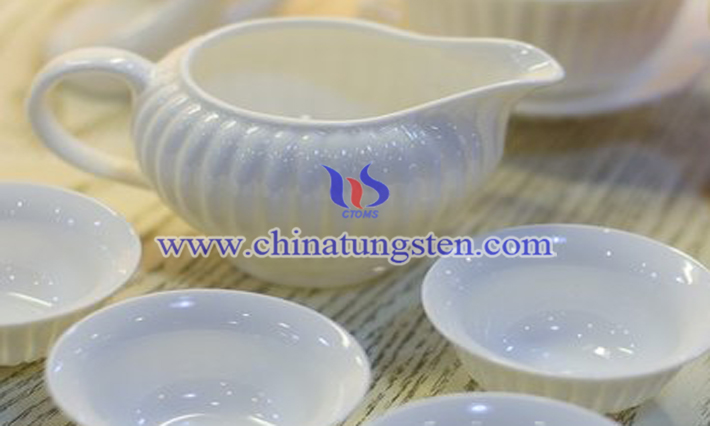
Tungsten Trioxide ceramics are a metal cermet, which means that people add a certain proportion of Tungsten Trioxide into the clay for making ceramics to make ceramics with the advantages of high temperature resistance and non-friability. Compared with traditional ceramics, it not only retains the original advantages, but also increases the high temperature resistance, chemical corrosion resistance, good thermal conductivity and other advantages of tungsten.
Hexagonal Tungsten Trioxide
- Details
- Category: Tungsten Information
- Published on Monday, 11 October 2021 15:38
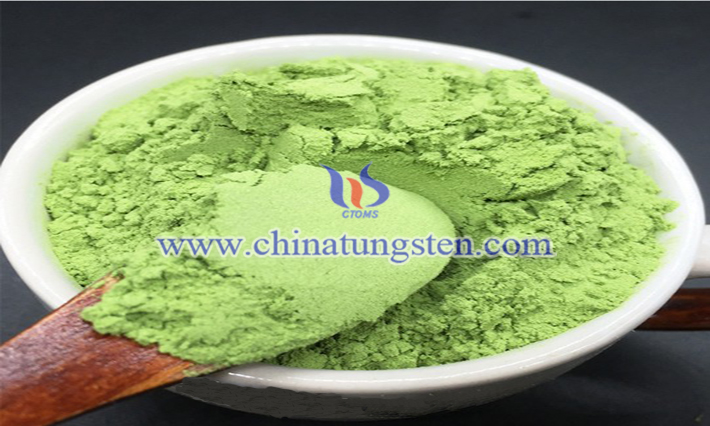
Tungsten Trioxide (WO3) has different morphologies and structures at different temperatures. WO3 has at least five structural phase transitions between -40 and 740 degrees Celsius, and the hexagonal phase is a stable morphological structure between 200 and 400 degrees Celsius.
WO3/MWCNT for Trace Determination of Theophylline
- Details
- Category: Tungsten Information
- Published on Monday, 11 October 2021 01:37
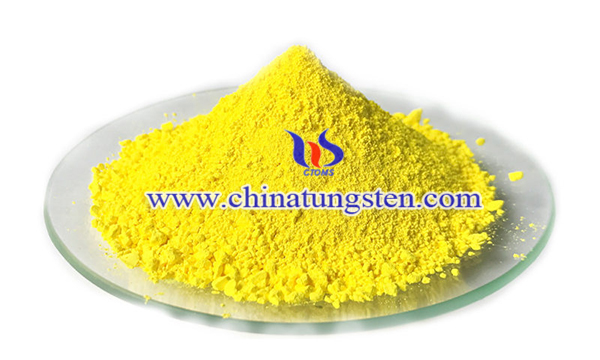
Theophylline (THP) is used to treat patients with reversible airway obstruction (asthma and chronic obstructive pulmonary). It relaxes smooth muscles, opens the airways of the lungs, and makes breathing easier. Therefore, it is of great significance to develop an accurate, simple and fast method to measure theophylline in different media.
Multi-Channel WO3 Enhances Methanol Oxidation Performance of Platinum
- Details
- Category: Tungsten Information
- Published on Sunday, 10 October 2021 21:54
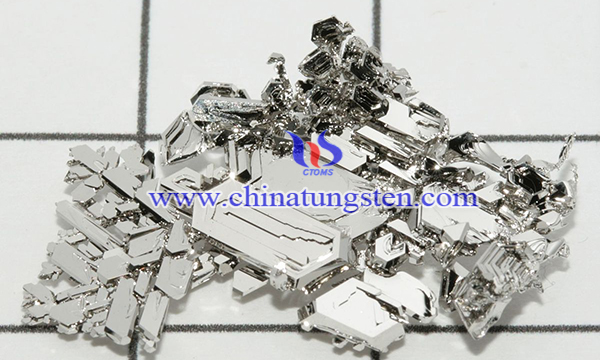
Platinum (Pt) and Pt alloy electrocatalysts supported on carbon (Pt/C) are the best catalysts for methanol oxidation in direct methanol fuel cells (DMFC). However, their high cost hinder the commercialization of DMFC. Recently, due to the strong synergy between metal oxides and Pt, people have focused their attention on metal oxides. Among the metal oxides, tungsten trioxide (WO3) has special electrochemical properties and can be used as an electrocatalyst carrier.
WO3/Graphene Sensor for Progesterone Test
- Details
- Category: Tungsten Information
- Published on Saturday, 09 October 2021 23:45
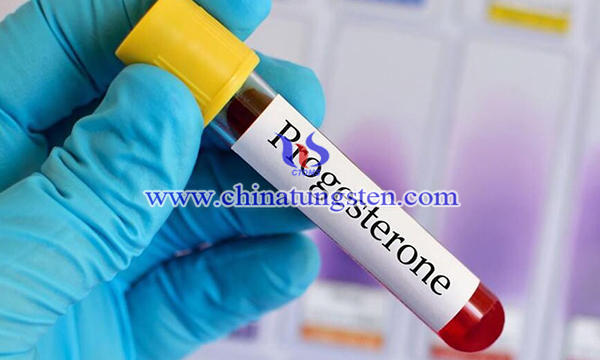
Progesterone (PGT) are important hormone and it is endogenous-steroid and female sex hormone involved in the pregnancy, menstrual cycle, and embryogenesis of humans. Therefore, sensitive, and rapid detection of low concentrations in biological fluids has become increasingly important.
WO3-Based Catalyst for Conversion of Glucose into Lower Diols
- Details
- Category: Tungsten Information
- Published on Saturday, 09 October 2021 22:39
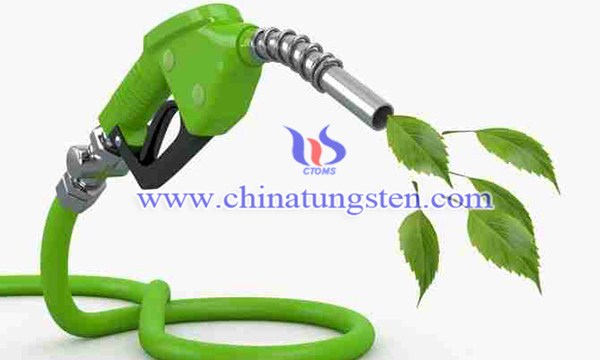
Global warming caused by greenhouse gas emissions has become an unignorable threat to human survival. The increase in global mean temperature is directly proportional to the accumulation of carbon dioxide (CO2) emissions. Biofuels have become an attractive option to replace current petroleum-based liquid fuels.
WO3 Cocatalyst Improves Hydrogen Evolution Capacity of ZnCdS
- Details
- Category: Tungsten Information
- Published on Wednesday, 06 October 2021 11:52
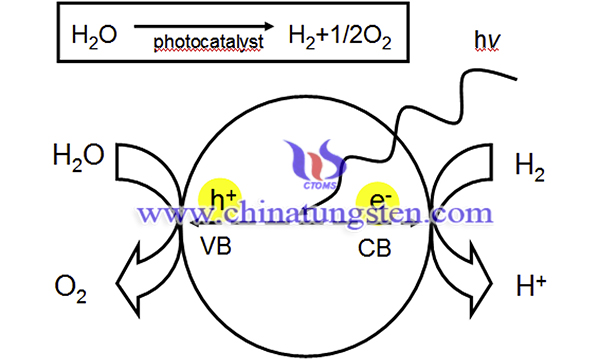
With the intensification of global warming and fossil energy crisis, people are paying more and more attention to the search for renewable clean energy. Solar energy and hydrogen energy are a kind of sustainable energy. Photocatalytic technology can convert solar energy into hydrogen energy. In recent years, the use of semiconductor materials to split water to produce hydrogen under light has always been a research hotspot.
WO3/BiOCl Heterostructure for Photocatalytic Degradation of Organic Pollutants
- Details
- Category: Tungsten Information
- Published on Tuesday, 05 October 2021 09:53
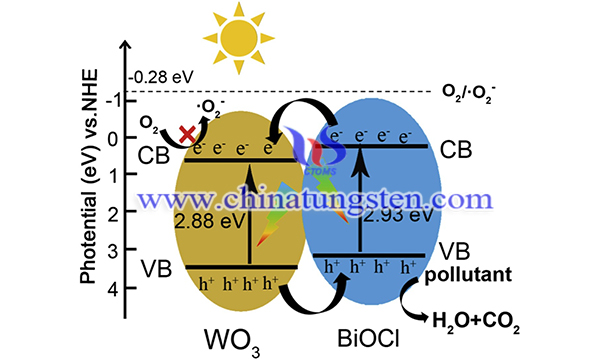
Hydrothermal Synthesis of Tungsten Trioxide Nanosheets
- Details
- Category: Tungsten Information
- Published on Saturday, 25 September 2021 10:39
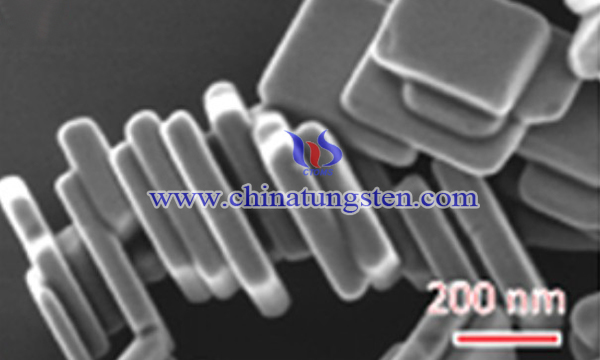
Tungsten oxide nanomaterials have been widely studied due to their excellent gas sensitivity, photocatalysis, electrochromic and other properties. Tungsten trioxide (WO3) with nanostructures is expected to be a candidate material for gas sensors for detecting various gases (NH3, H2S, NO2, CH3OH, etc.). Tungsten oxide nanomaterials with specific size and morphology are synthesized by thermal oxidation method, hydrothermal method, electrochemical anodic oxidation method and other methods. Hydrothermal synthesis specifically shows much more advantages of more effective, low cost, easier to operate and environmentally friendly.
Preparation of Nanosized Tungsten Trioxide by Sol-Gel Method
- Details
- Category: Tungsten Information
- Published on Saturday, 25 September 2021 10:18
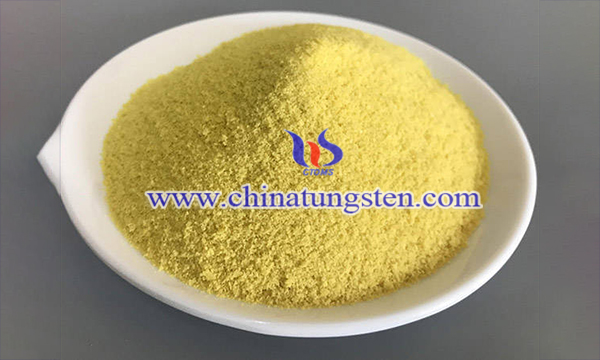
Tungsten trioxide (WO3) is a non-toxic n-type semiconductor with an indirect and general wide band gap in the range of 2.4-3.6 eV. Therefore, it is an excellent candidate for applications in various fields of industry, medicine, science and military engineering. This effect is due to the unique properties of tungsten oxide nanostructures and their composite materials, such as excellent thermal corrosion resistance and good ductility, high density, strength and elastic modulus, amazing antibacterial activity, and efficient heat and activity Oxygen (ROS) production through light interaction.



 sales@chinatungsten.com
sales@chinatungsten.com